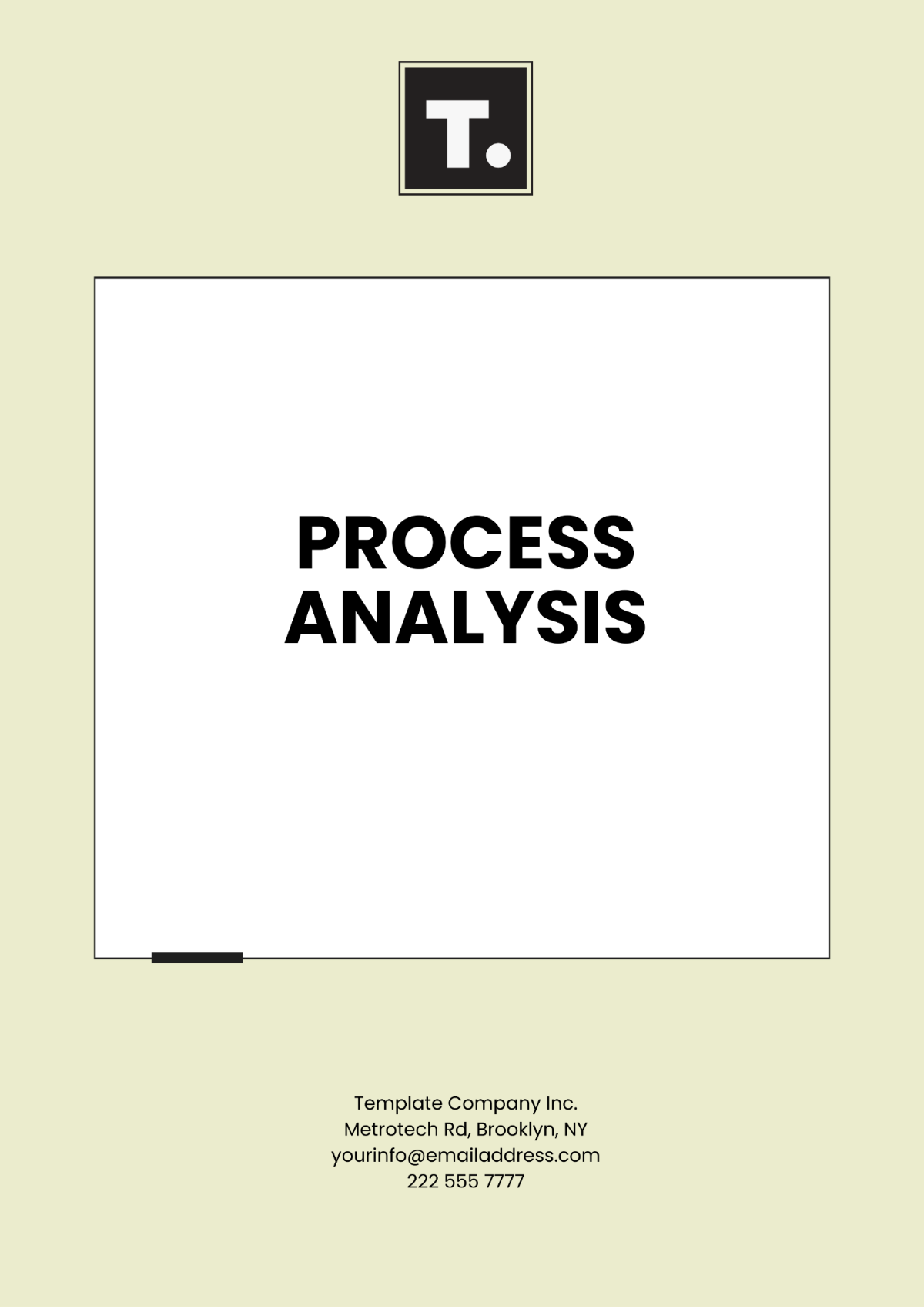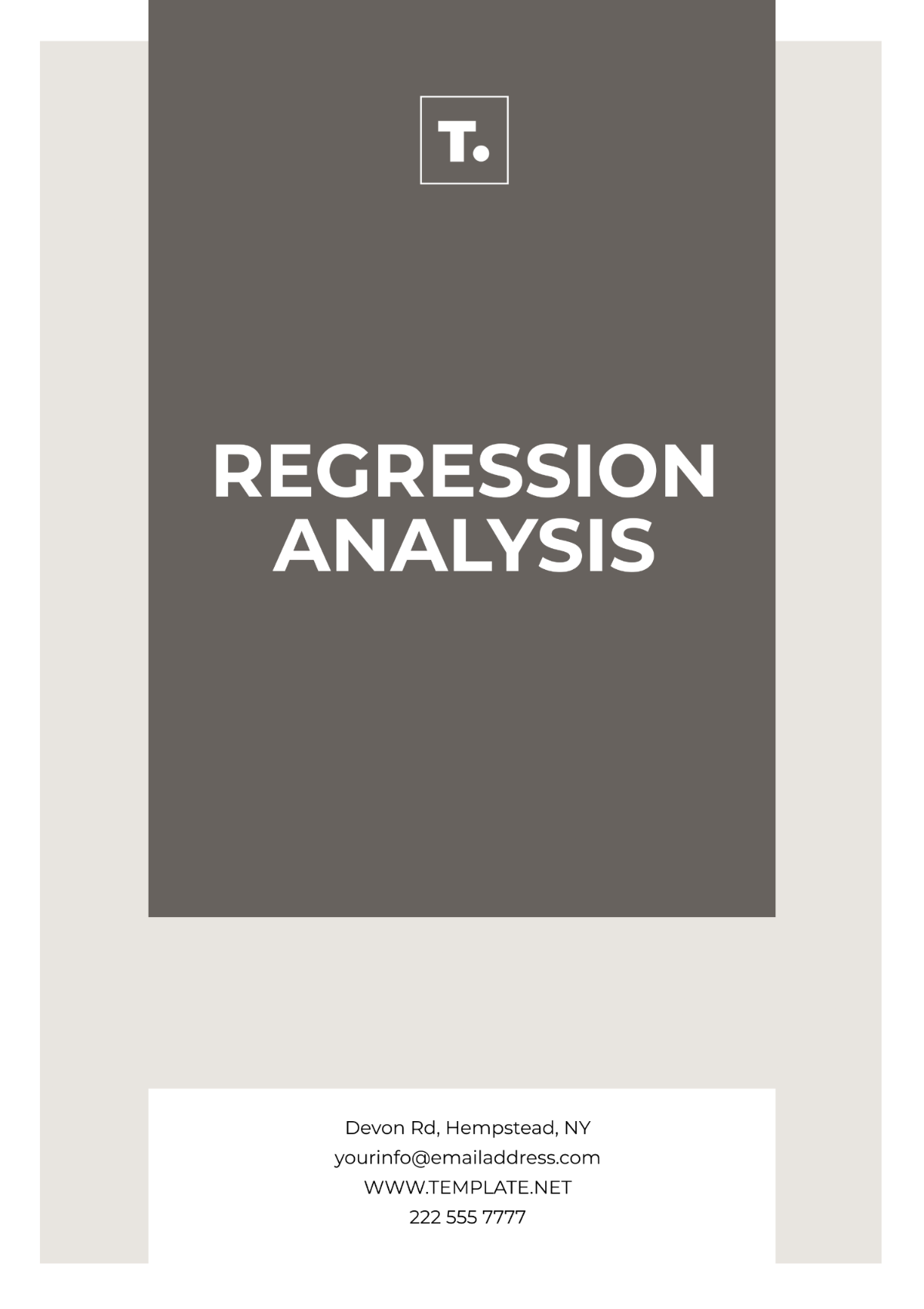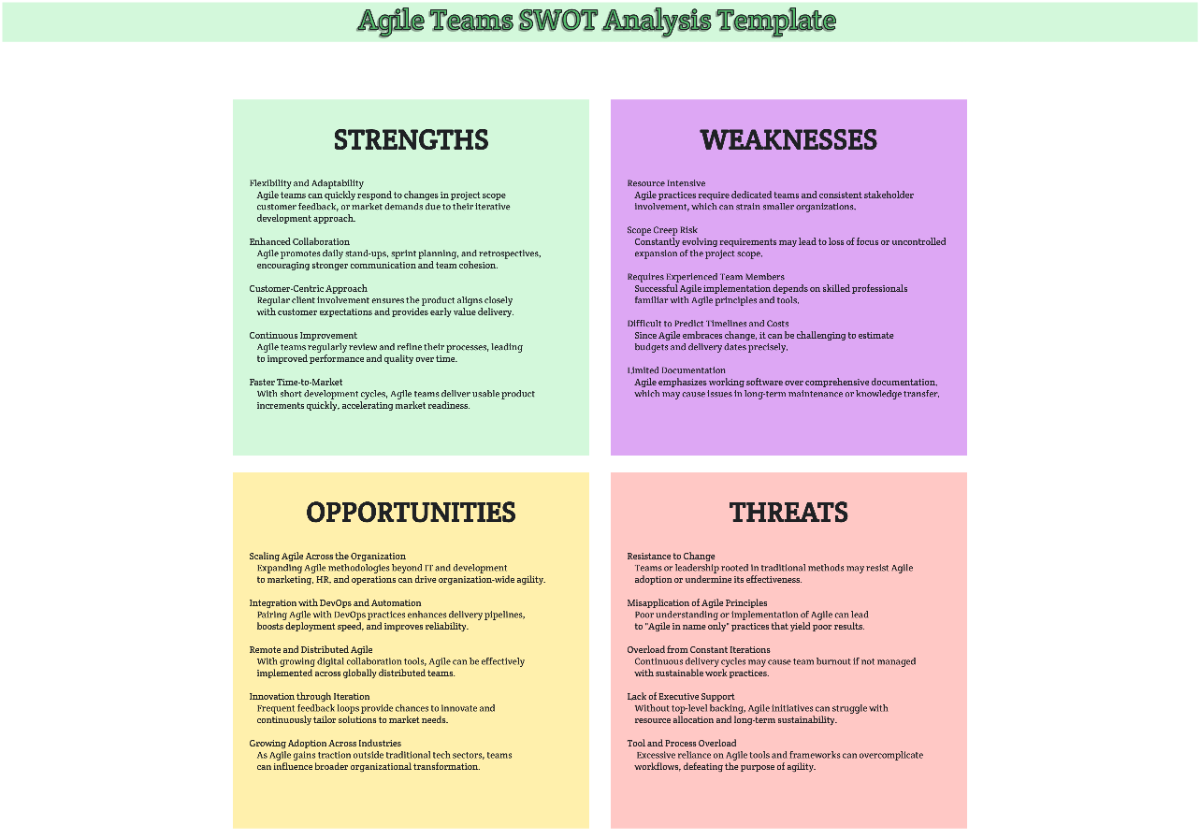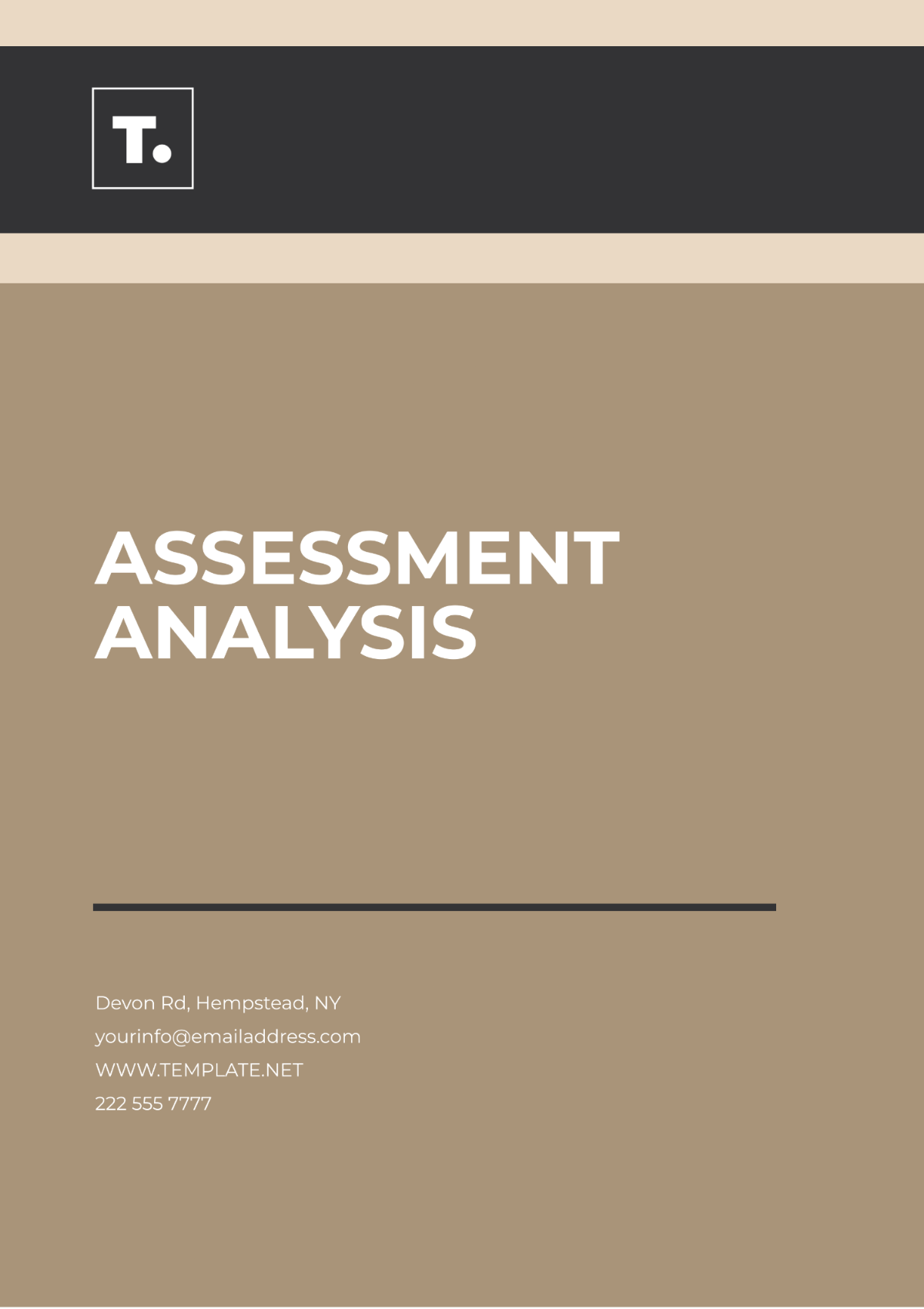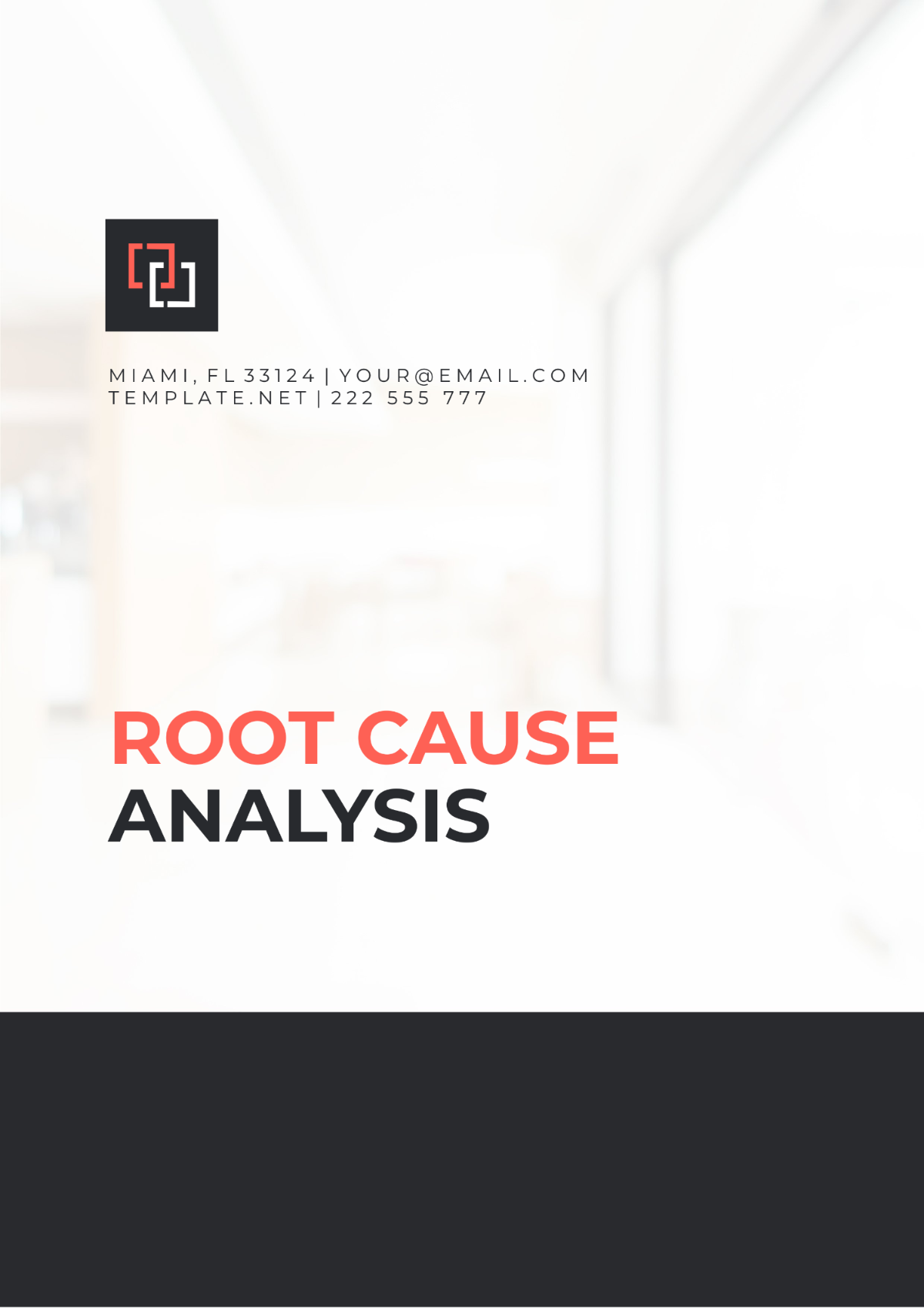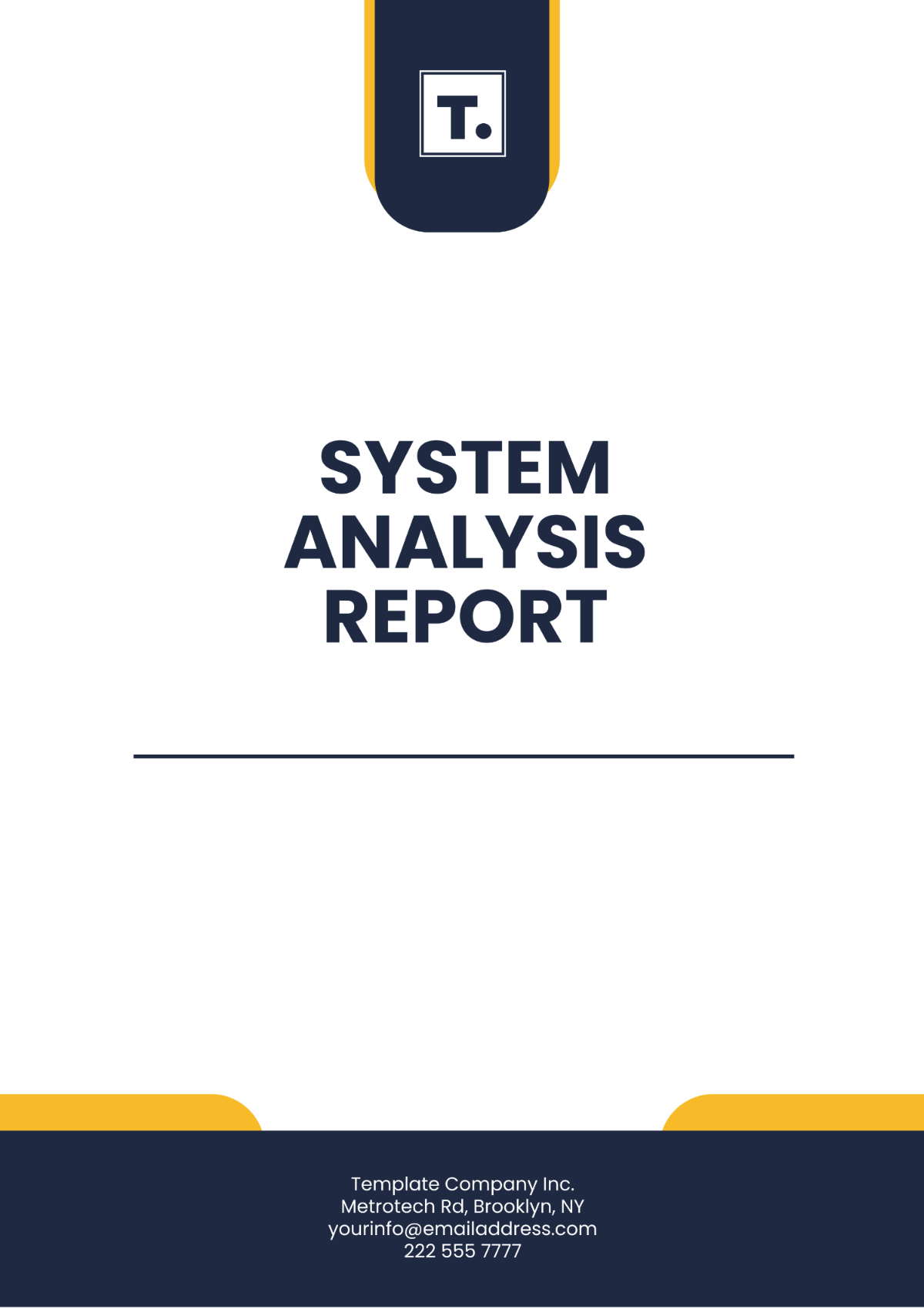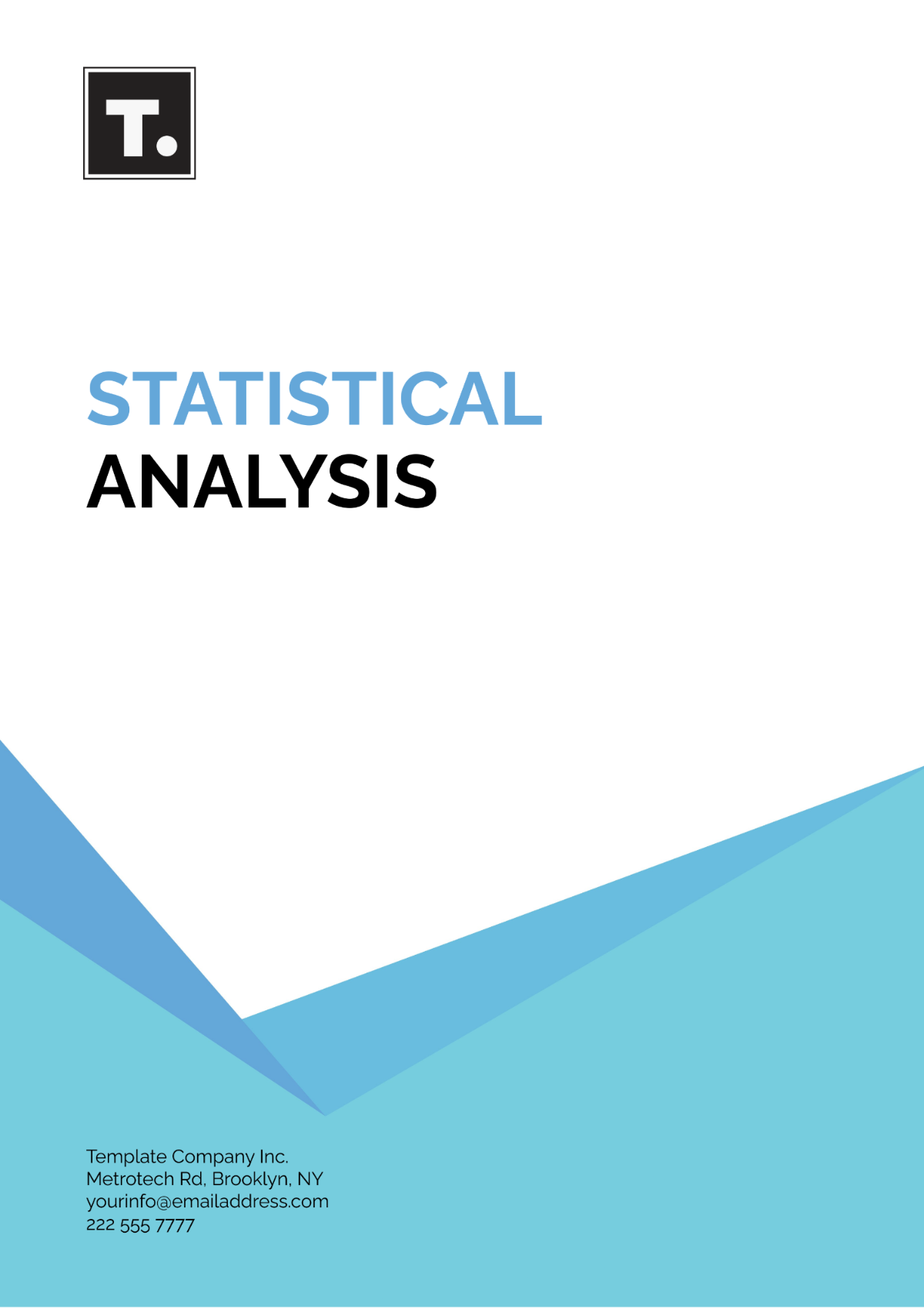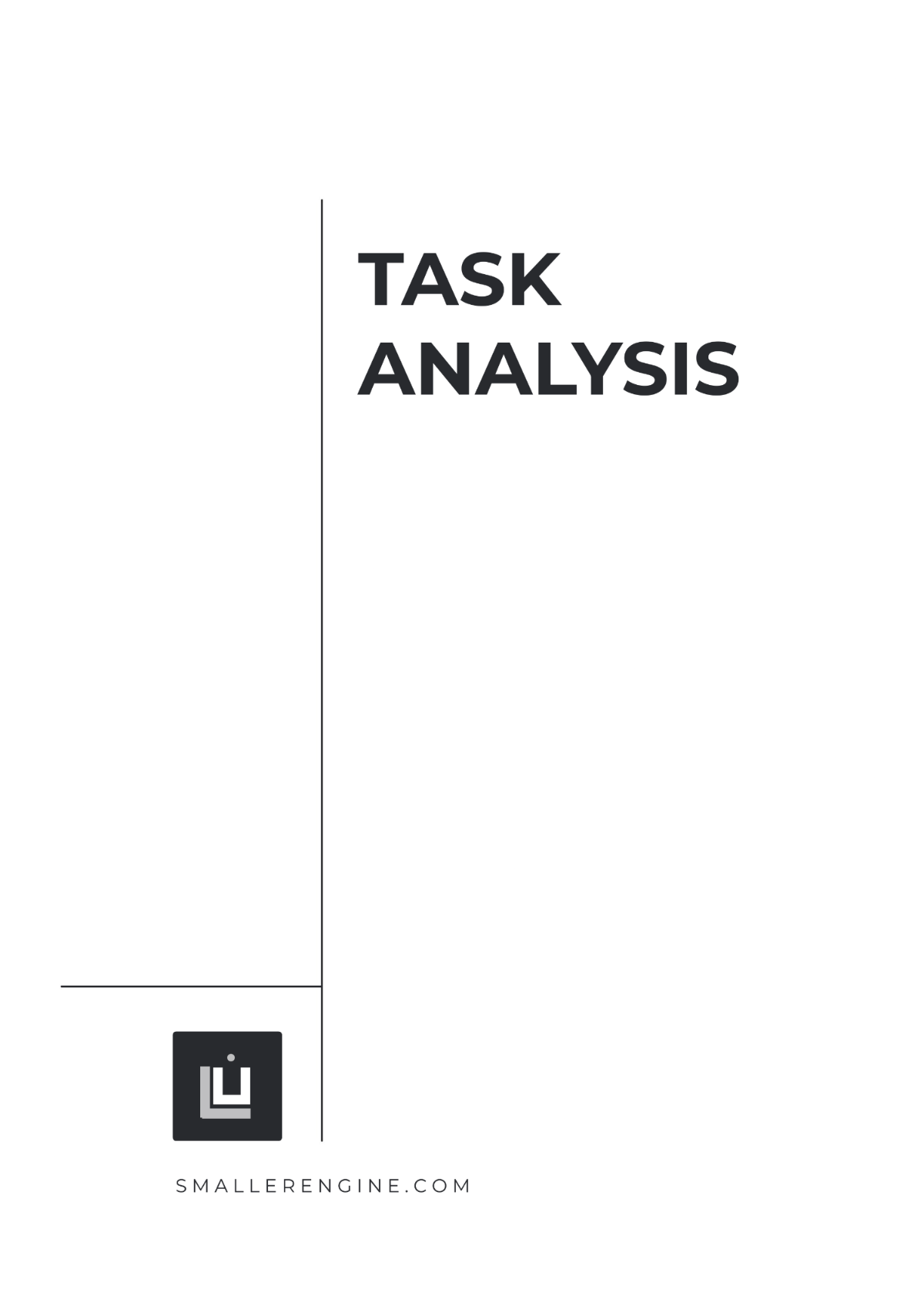Statistical Analysis Outline
Prepared By : | [Your Name] |
Company : | [Your Company Name] |
Department : | [Your Department] |
I. Introduction
Overview of the Study: Briefly introduce the subject of the analysis, including background information.
Purpose of the Analysis: Define the main goals and reasons for conducting the statistical analysis.
Key Objectives and Research Context: State the specific objectives and contextualize the study within the relevant field.
II. Research Questions and Hypotheses
Specific Research Questions: Outline the questions that the analysis aims to answer.
Stated Hypotheses for Testing: Present the hypotheses that will be evaluated through the statistical methods.
III. Data Collection and Sampling Methods
Description of Data Sources: Identify where the data is obtained from (e.g., surveys, databases).
Methods of Data Collection: Explain how the data was gathered (e.g., questionnaires, automated systems).
Sampling Techniques Used: Discuss the sampling methods (e.g., random sampling, stratified sampling) and justify their appropriateness.
IV. Descriptive Statistics
Summary of Key Data Characteristics: Provide an overview of the data set, including total observations.
Measures of Central Tendency and Variability: Include mean, median, mode, standard deviation, and variance.
Data Distribution Analysis: Analyze the shape and spread of the data (e.g., skewness and kurtosis).
V. Inferential Statistics
Hypothesis Testing Methods: Describe the statistical tests used (e.g., t-tests, chi-square tests) to assess the hypotheses.
Confidence Intervals, Regression, or Other Techniques: Specify any additional inferential methods applied (e.g., confidence intervals, regression analysis).
Results of Statistical Inferences: Summarize the findings from the inferential statistics, including significance levels.
VI. Model Selection and Assumptions
Statistical Models Applied: Detail the specific models used (e.g., linear regression, ANOVA).
Assumptions of the Models: List the assumptions made for the models, such as normality and homoscedasticity.
Diagnostic Checks: Describe any tests conducted to validate model assumptions.
VII. Results and Findings
Key Findings of the Analysis: Highlight the main results derived from the statistical tests.
Tables, Charts, or Graphs Presenting Results: Include visual aids to illustrate the findings effectively.
VIII. Discussion and Interpretation
Interpretation of Findings: Analyze the results in relation to the research questions and hypotheses.
Significance of Results: Discuss the practical implications and relevance of the findings.
Limitations of the Analysis: Acknowledge any constraints or potential biases in the study.
IX. Conclusion and Recommendations
Summary of Key Takeaways: Recap the major insights gained from the analysis.
Practical Recommendations: Provide actionable suggestions based on the findings.
Suggestions for Further Research: Indicate areas for future investigation to build upon the current study.





